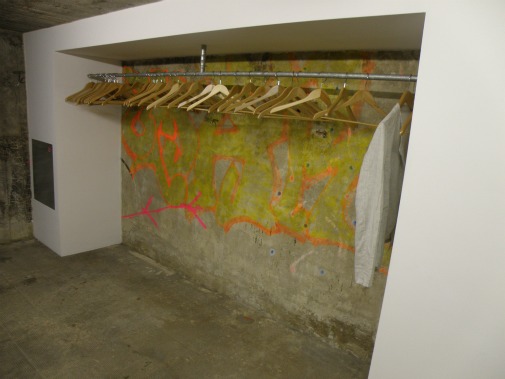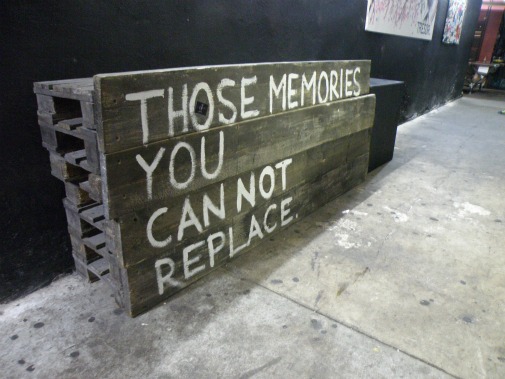Berlin - Heritage, Memory and the Contemporary City
Berlin is a city that captivates its visitors, for its diversity of cultures, historical resonance and - for some at least - for its alternative cultures and lifestyle. I grew up there, an experience that has shaped my research interests for years. Recent projects here have included an exploration of my own childhood experiences of Berlin, tied into a narrative that concerned the later Cold War history of the city, and its internal divisions and subdivisions. Another project took me to Hohenschoenhausen, a former Stasi prison in the east of the city (see 'Explorations in Stasiland' amongst my research projects). But recently my research interests have extended to how heritage is constructed, engaged with and managed in the contemporary city. Two projects (initiated in 2011) are underway.
The Teufelsberg
The Teufelsberg research (with Wayne Cocroft of English Heritage) is focused on a Berlin landmark, occasional home to a community of cyber-punks, and the site of what appears recently to have been a base camp for G8 protesters. Most significantly, it was a key site of the Cold War, a listening station about which very little documentation exists and which has been abandoned now since 1994. Plans to renovate The Teufelsberg and convert it to a hotel complex are the main motivation behind field survey and documentation, as well as exploring what archaeology can reveal for modern buildings that have no official record. We now know for example that separate sections of the building were used by American and British personnel, and that the lack of connectivity between these separate areas is notable. One interesting twist is that the Stasi archive has revealed details of working practices and personnel not otherwise available in official western sources.
Berlin Techno
Berlin has long been a focus for subculture and alternative lifestyles. Berlin ‘techno’ appeared in the abandoned buildings of Berlin Mitte almost as the Wall was falling in 1989, and has remained a key part of Berlin’s subculture ever since. In fact techno has many interesting heritage angles: the fact that 70% of clubbers are tourists, who fly to Berlin from European countries to visit the ‘historic’ clubs like Tresor and Berghain; that big industrial and former military buildings are key to creating the right atmosphere; that clubs have persisted since 1989, but in name only, the locations shifting as the city changes, presenting an interesting take on the significance of temporary spaces in urban context; that some club owners retain an archive, and that clubs present their own heritage to visitors, in photo displays for example; and in the music which, for a genre now nearly 25 years old, has plenty of historic references to draw upon. With journalist Luise Rellensmann, this project is documenting the places that are and were techno clubs, tracking and characterising the changing landscape of techno, exploring its significance to culture and society in Berlin, and conducting ethnographic research through interviews with club owners. For us Berlin techno is a fascinating example of both heritage in the making, and an alternative (even anti-) heritage, in which different values apply.


.JPG)
.JPG)
